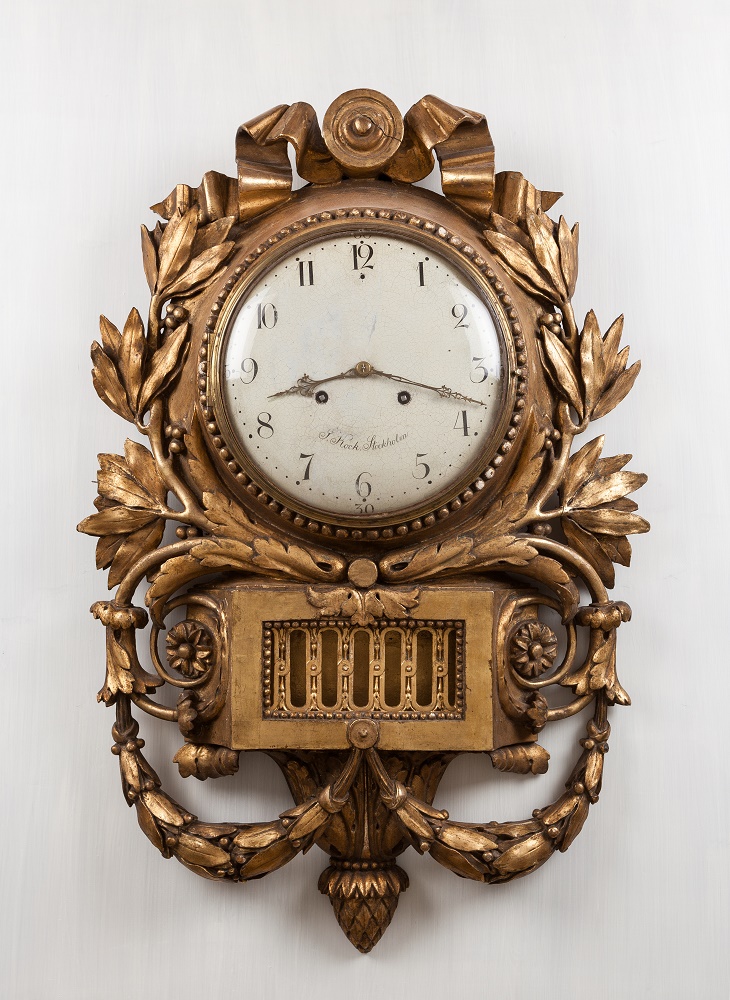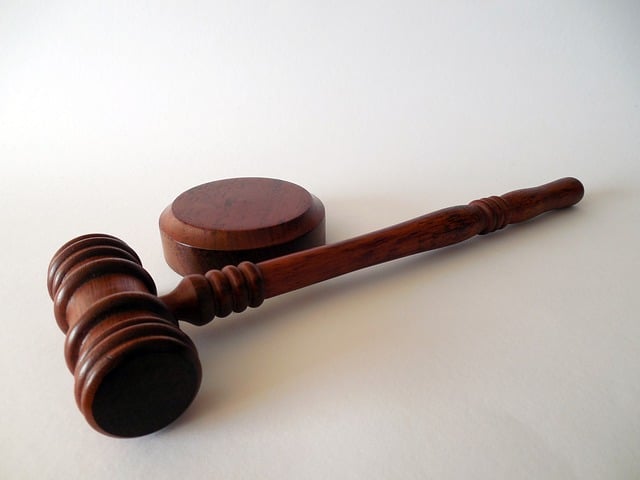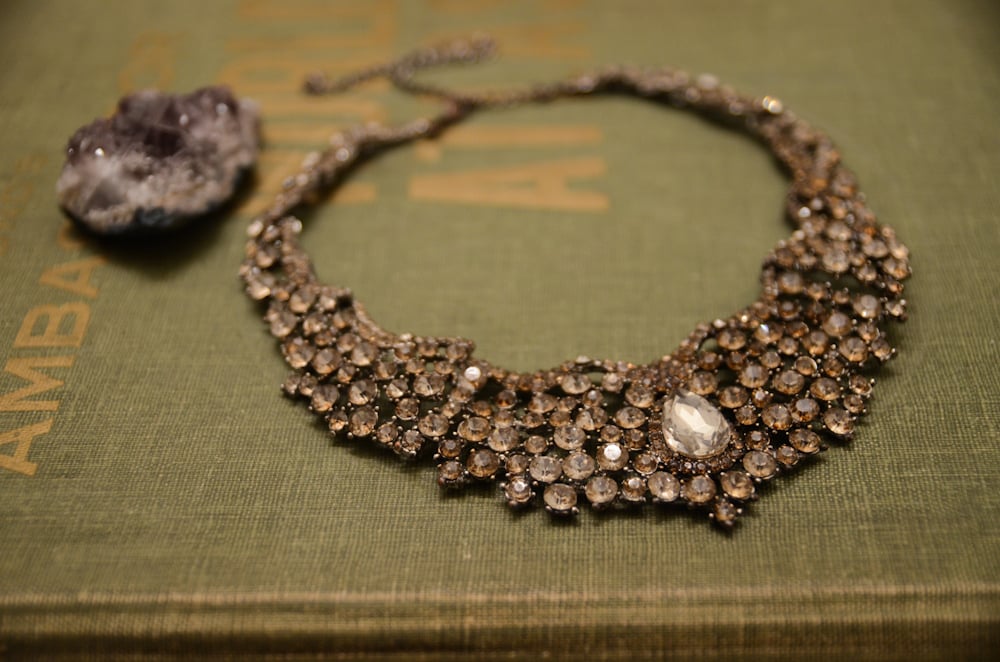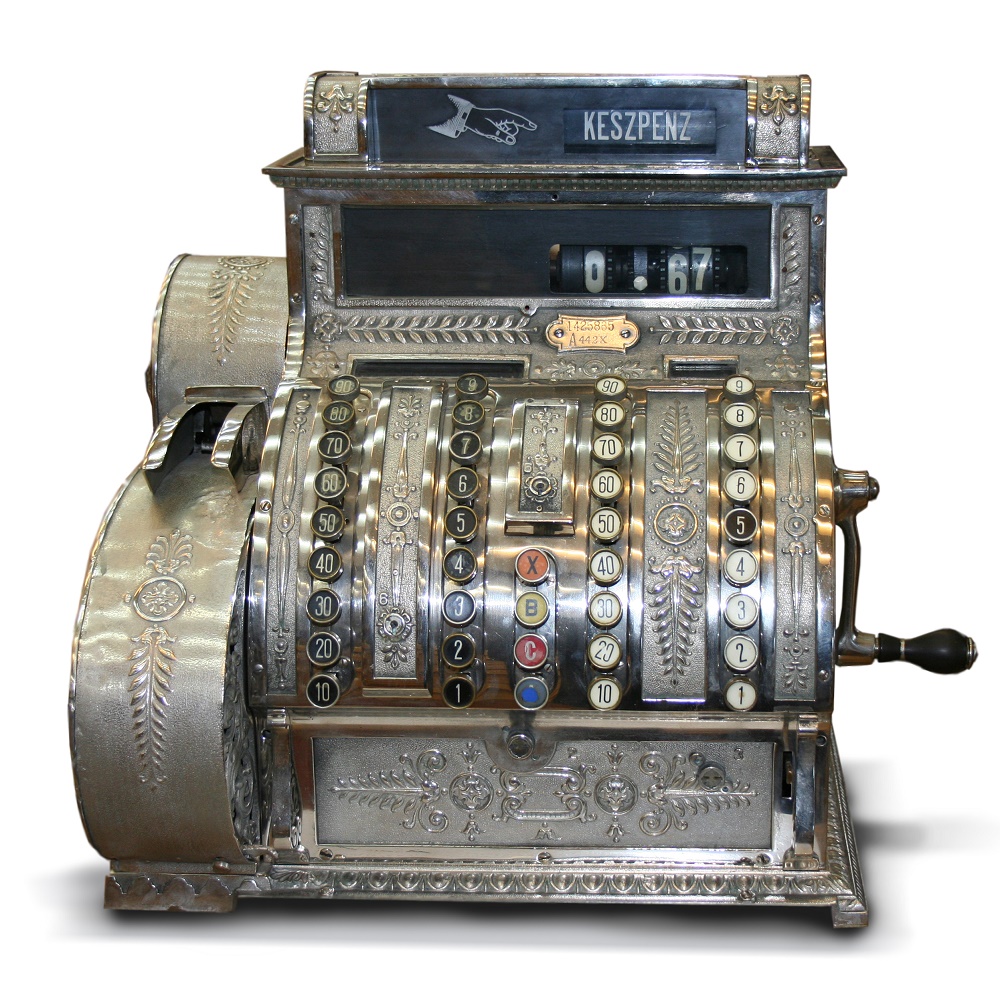Jasmine Birtles
Your money-making expert. Financial journalist, TV and radio personality.

Have you got a few bits around the house that you think might be antiques, but you’re not sure?
You might have inherited it or simply found it lurking in the attic after many years.
It’s kind of old, kind of nice, but you don’t really want to keep it.
Is it worth anything? You’re not sure but you really want to find out.
If you have a piece of vintage (and that includes 1980s) jewellery or an antique ornament lying around your house, and have always wondered how much it could be worth, here’s how to get it valued and possibly sold.
 If you’re looking to sell antique or vintage gems look to local auction houses and antiques fairs first to get advice on the value of your antiques before selling.
If you’re looking to sell antique or vintage gems look to local auction houses and antiques fairs first to get advice on the value of your antiques before selling.
Most auction houses have on-site specialists who can advise on a myriad of collectibles. They’ll usually provide free verbal valuations (although may of course charge for written valuations). Independent specialist valuers are another good source of expertise and will advise on antique and vintage goods.
Reputable valuers will usually be accredited by recognised bodies, such as the Society of Fine Art Auctioneers and Valuers. Their services may cost, but it’s well worth it if you’re able to sell an item for the best price.
If you can’t go to the auction houses, you could take photos of the item and email them to the specific experts at that auction house. Often they’ll get back to you almost immediately.
Jasmine Birtles, founder of MoneyMagpie.com, once inherited an old china doll. Jasmine knew it was a collectible but wasn’t sure how much it was worth. She photographed it, including specific photographs of the markings at the back of the neck and sent them to specialists at Christies. They got back to her almost immediately to say she might get £20 for it if I was lucky! Disappointing, but useful to know. Jasmine took it to her local charity shop and told them to sell it to a specialist.
 Once you have an idea of the value and if they are interested in the item, you can then take it along to the auction house of your choice.
Once you have an idea of the value and if they are interested in the item, you can then take it along to the auction house of your choice.
There are auction houses in every major town or city – often several of them. Pick one or two that are close to you and see what they offer.
If the item has enough value, it will be placed in a specialist sale and you will be given a contract and customer number with the reserve price, etc.
After the sale, the auction house will email you to confirm if your item was successful. You should receive a cheque within four weeks which will have their commission costs taken out of your fee as well as insurance, advertising, and VAT deductions. If the item doesn’t sell there’s still a charge and you may decide to re-enter it into the next auction sale.
Don’t forget to search online too; there are a number of sites which will show comparable examples if you want to research your goods. These include Invaluable, The Saleroom, and Artnet.
Also, read our 9-step guide to buying at a house auction.

Shop around like you would when you buy any items. Don’t let anyone put the pressure on to make a sale, and try to remain level headed. The right price is worth the hassle.
It can be tempting to send your items off for a postal evaluation, but the faff often means that you can be enticed to take the first offer you get instead of claiming back the items. It may be a good option depending on your circumstances though.
Try to always keep your items with you until you’re ready to make a sale. Where possible, send a photo in the first instance. Most auction houses accept that, particularly the big ones.
Find out how you can make money selling charity shop items for a profit.
 When it comes to small items, selling vintage jewellery is particularly popular.
When it comes to small items, selling vintage jewellery is particularly popular.
I talked to Samantha Lilley, Head of Valuation at Borro, for her top five tips for finding a hidden sparkly gem:
Make money selling your gold. Find out how here.
 Once you have a valuation, particularly if it’s a low amount (i.e. under £100) it might be best for you to sell the item on eBay or another auction site.
Once you have a valuation, particularly if it’s a low amount (i.e. under £100) it might be best for you to sell the item on eBay or another auction site.
Take a look at similar items on the site. See what they’re going for. Once you have a ballpark figure of what you could get – taking into account the valuation you got – put it on the site and offer it for a fixed price, offering it for at least 30 days.
If it’s large and delicate it might be best to offer it for collection only as sending it could be a problem.
Take very good photos and put as much description in as possible, including photos of hallmarks or other marks that show the manufacturer/maker.
Remember you can use the ‘Advanced’ option next to the blue search button on eBay to find items that have actually sold, and their prices. Tick the ‘Sold listings’ box, and on the results page, the green numbers show the sale prices.
Take a moment to consider this: The sentimental value might outweigh the money. In that case, you may want to evaluate if you’re ready to part ways with your precious possessions.
Many people sell their valuable items such as sentimental jewellery or childhood possessions thinking they can buy it back at a later date, only to find the sale price is higher than what they were given, or that the item was sold on to someone else.
Make sure you really don’t want the item you’re selling before going ahead with any sales.
Find out how to make money from vintage clothing here.
 Sue Miller from Acton has been buying and selling small vintage items for the last couple of years. Here are a few of her handy tips if you have antiques you’d like to sell.
Sue Miller from Acton has been buying and selling small vintage items for the last couple of years. Here are a few of her handy tips if you have antiques you’d like to sell.
Have you sold any small vintage or antique items? What was your experience? Share your story with us in the comments below.

INTERESTING ARTICLE!
IN THE FUTURE I WOULD MAKE A ANTIQUE SHOP!
KIND REGARDS,
TEODORA
28.4.2023
SOFIA
I really like what you said about making sure to get advice on the price of your antiques before you sell by going to a valuer. This would be really helpful for my mom who has lots of her great-grandmother’s stuff that she is looking to sell. It would be really nice if she could go and get instant cash for them because she might find all the work involved really daunting.
Sir, your blog is very useful for buyers, sellers and new bloggers interested in antique and collectibles. I constantly follow you and advise interested people to follow.